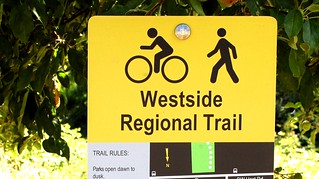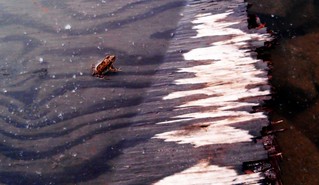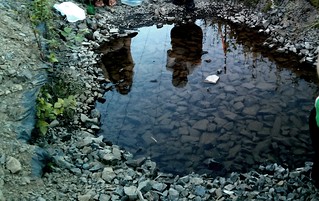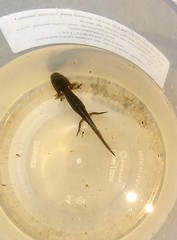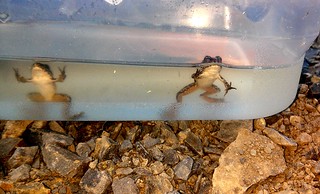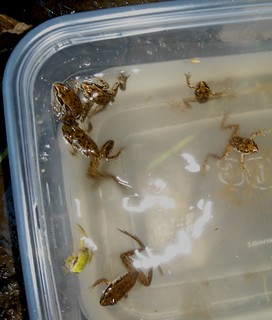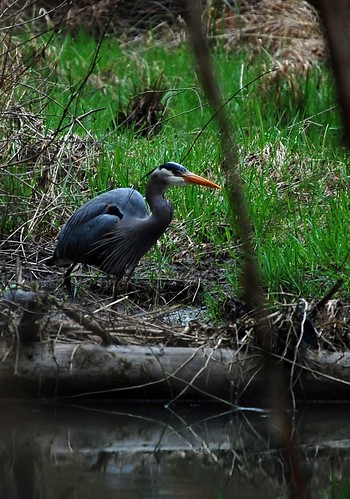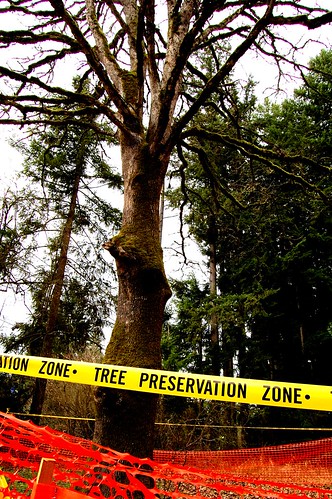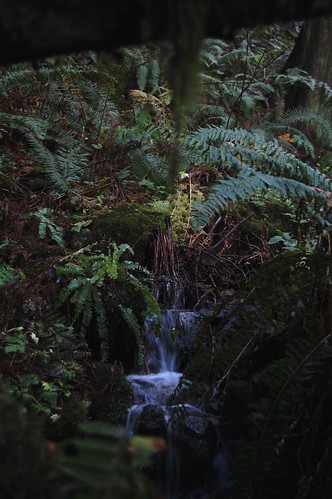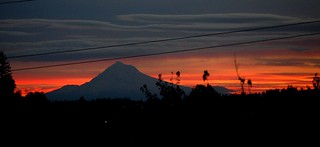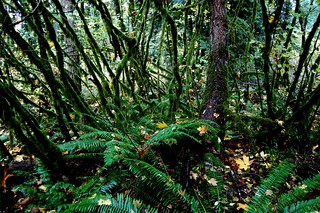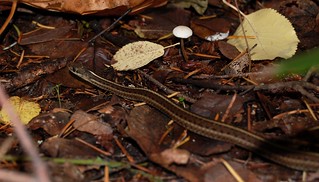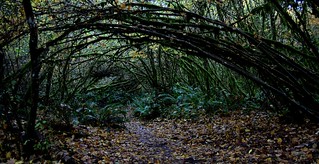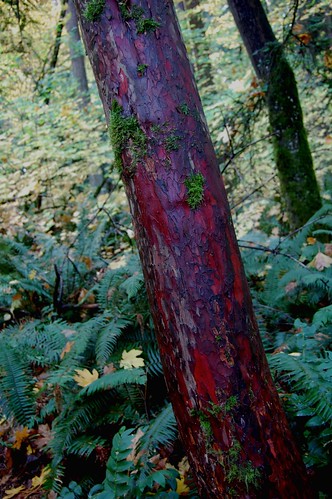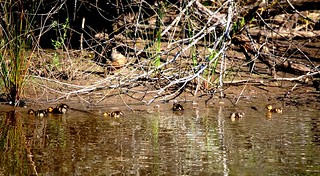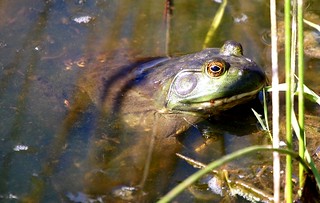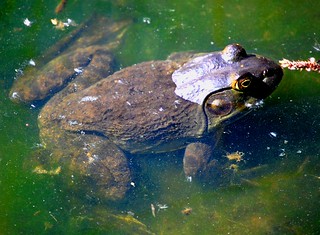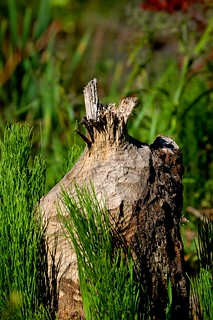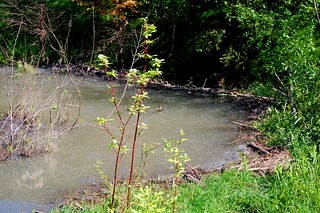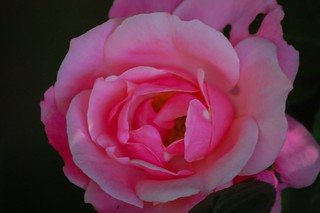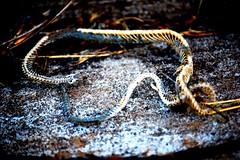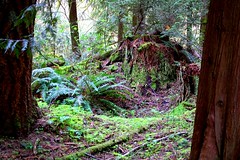The Misanthrope’s Field Guide to Noncharismatic Megafauna
by Steve, February 13th, 2015Wildlife biologists refer to large animals that attract positive human attention for conservation efforts as “charismatic megafauna.” It’s not a scientific classification, just a way to refer to large animals that attract positive human attention. They are rarely the most important organisms in a biosphere, but they get the most human attention for better or worse. Around these parts, we have cougar, wolves, coyotes, bobcats, black bear, deer, beaver, nutria, eagles, osprey, hawks, herons, egrets, whales, sea lions and seals, among others.
But we’ve also got a ton of what I like to call “noncharismatic megafauna,” primarily great apes of the species Homo sapiens sapiens. Yes, the common human, or “house ape,” frequently accompanied by another common type of non-charismatic megafauna, Canis lupus familiaris, the domestic dog. As these non-charismatic species are often noisy, smelly and aggressive, charismatic megafauna flee before them.
Lately, I’ve encountered enough humans and their dogs to become an expert of sorts, and herewith offer my field guide to their behavior when they leave their habitat and interact with other fauna in the wild.
Habitat
Humans live primarily in what they call the “built environment,” and try to limit contact with the natural environment as much as possible. This habitat consists primarily of enclosed spaces, with artificially controlled environmental conditions. Outdoor spaces are dominated by hard surfaces constructed for the purpose of moving between enclosed spaces in vehicles they construct of metal and plastic. The vehicles are fully enclosed and also feature controlled environmental conditions.
Behavior in the wild
When they leave their built environment, they take with them many tools and accessories that allow them to survive comfortably and remain connected to their built world. Males of the species tend to display these technologies as if in constant mating. (Humans do, in fact, mate year round.) Juveniles of the species tend to be especially noisy and unconcerned with their surroundings, built or natural.
Many house apes travel with captive dog companions, and this species is hyper aggressive toward wildlife and other house apes. Humans often allow the dogs to run untethered, despite signs with pictographs and human language prohibiting it. Dog feces litter the routes they have carved through the natural environment. House apes sometimes pick up feces in plastic bags, and then leave the bags along their routes. It is unclear whether this is some kind of territorial marking ritual, or if it has something to do with parasites from the feces making the humans go mad. Most “wilderness” routes are lined with small plastic bags of dog shit, which pretty much guarantees that charismatic megafauna will avoid these areas.
House apes vocalize loudly in the wild, and when, for example, encountering other humans observing charismatic megafauna, say things like: “Is it dead?” and: “Well I’ve heard they have those around here!” and: “Aren’t they really just pests?” and: “They have to trap them down in the valley on the farms, because they eat everything!” and “Do you think it’ll eat bread? Here, I have some I was going to throw at the ducks!”
House apes will feed human food to any fauna they encounter. Juveniles will often try to capture other fauna, and if that fails, try to injure or kill them with stones, sticks, or other missiles they can find.
Encountering Homo sapiens sapiens in the wild
When exploring natural areas for relaxation, education or spiritual purposes, it is almost certain you will encounter house apes who very little interest in cohabiting with native fauna or other humans. In order to avoid unpleasantness, it is advisable to step well off of trails when you hear or see them coming. Find a large tree or rock to hide behind until they pass. It is unlikely they will notice you, since they will generally be talking loudly and are typically not observant of their surroundings.
WARNING: If you are unable to avoid an encounter with a house ape in the wild, you may be subjected to tedious, inane conversation known as “smalltalk.” Males of the species will preen in the presence of others, proudly displaying branded clothing and accessories. Talking to them only encourages this behavior, so it is generally best to avoid them at all costs. Since most house apes are averse to extended physical exertion and exposure to the elements, they are best avoided in deep wilderness at least 20 miles from trail heads and roads and far from urban centers.
